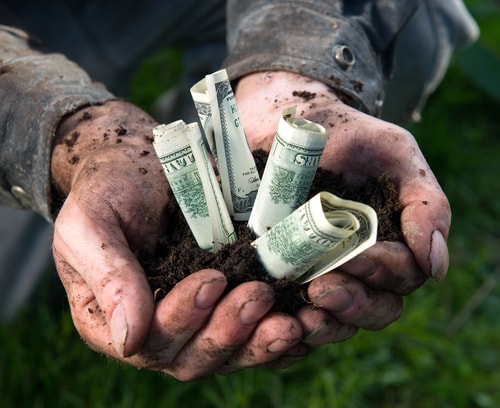Budgets differ based on crops planted and other factors
By Diego Flammini, Farms.com
As farmers start to ramp up their operations for the upcoming planting season, they must first calculate how much it’s going to cost them for the supplies they need for a successful farm.
The Ontario Agri Business Association breaks down crop inputs into four categories: seeds, fertilizer, crop protection (herbicides, pesticides, etc.) and service (agronomy, precision ag, etc.)
There are many factors that can change the per acre input costs for farmers, and recently various states in the US and provinces in Canada released their crop input budgets for 2015 with some having breaking their costs down by region.
Illinois
Farmers in Northern Illinois have their “corn after soybeans” direct input costs at $400 with fertilizers amounting for $154. If they’re repeating a corn crop, the direct input cost is $419. Central Illinois farmers in the high productivity farmland have a $387 input cost for corn after soybeans.
Nebraska
The budgets for the Cornhusker State seem to be much more in depth as they have values and costs for everything from tractors listed at $317,791, insecticides and herbicides by brand.
Iowa
For a corn following corn farm, at 145 bu/acre, farmers are looking at an input cost of about $328 whereas for a corn following soybean operation, a 160 bu/acre yield is about a $282 input cost.
Taking a look at Ontario, Canada’s inputs…
For corn on a conventional tillage, inputs are around $252 but when it comes to non-GMO soybeans with no till, the inputs are around $150.
The input costs can get as detailed as the kinds of seeds used, the tillage levels, and other factors. Join the discussion and let us know if your input costs have gone up or down recently and how you plan to balance it.

Farmers put money into their crops and fields